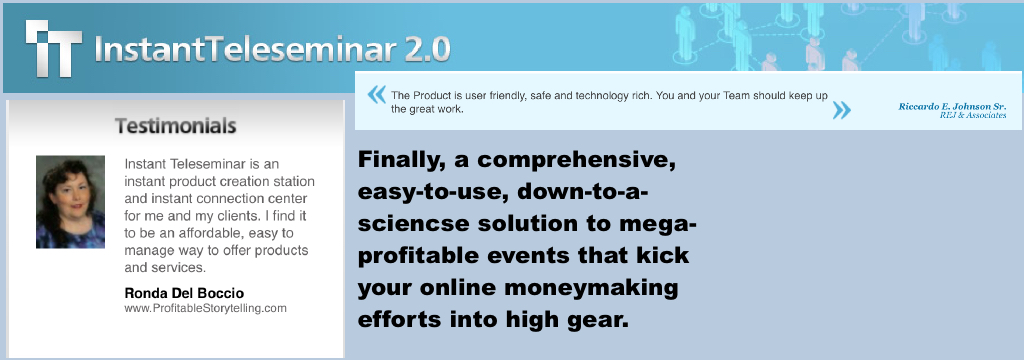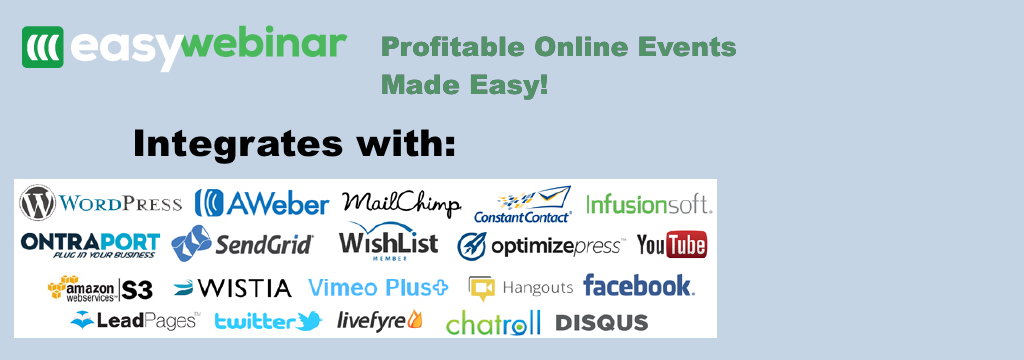Teleseminar or teleconference calls are often a mixed bag of misadventures. Current common teleseminar service technology in most cases, doesn’t solve many of the situations and that can ruin the quality of the teleseminar and the host’s ability to create a quality digital product from it. However, new technology is coming out that provides a workaround for many of the issues that frequently plague these calls. Read on for some of the ways in which you can use new technologies to create a flawless teleseminar.
1. A simple and easy way to interact with guests
There should be a way to interact with guest that is very easy and simple. The technology should allow the moderator to keep control of the call, yet also allow the listeners to participate in the call when needed. This means allowing those listeners who want to ask questions to be unmuted on a per listener basis. The kind of technology that would have this functionality would be a “raised hand” feature where the moderator would know those participants that want to ask a question to signal the host. This way, the moderator would know which specific caller to unmute so the caller can ask their question, and keep all the other callers on mute to avoid unwanted noise from the other callers.
2. Ability to adjust individual microphone volume
Have you ever been on a call where one presenter has a low volume that you can just barely hear, while another presenter has a very high volume? It is very distracting for the participants on the call because they are constantly getting switched from hard-to-hear to way-too-loud. A great feature that would eliminate this problem, and allow for a smooth call, would be for the moderator to be able to control the individual volumes of the presenters and guests. Technology has come far enough to where the moderator can actually adjust the output volume of individual members on the call.
3. Ability to call hosts missing from the teleconference
If there are multiple hosts or presenters participating in the teleconference call, the probability that one of the hosts or presenters missing in action increases dramatically. With the common technology, the moderator needs to find another line to check up on the missing presenter. If the moderator has no other line to use, they have to hang up to track down the missing presenter, and then hope they can call back in again if the teleclass is full. If they are using a service that disconnects all of the guests if the moderator hangs up, then the moderator has to wait and hope the missing presenter remembers to call in, or send them a flurry of frantic emails.
A solution to this problem would be to have a “dial-out” feature with your teleconferencing service. This would allow the moderator to directly call the missing presenter directly from the teleseminar hosting service and that way they don’t ever have to leave the teleconference call.
The teleseminar or teleconferencing service you use can have a great effect on the quality of your teleseminar. Until recently, the technology wasn’t able to overcome many of the common problems that frequently crop up during the teleseminar. The key is to know which service provider solves the most of these common problems. There are very few services that are currently available which are also affordable AND solve most of the technological issues that can often plague a teleclass.





